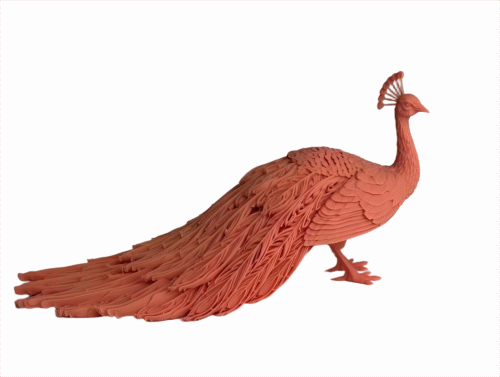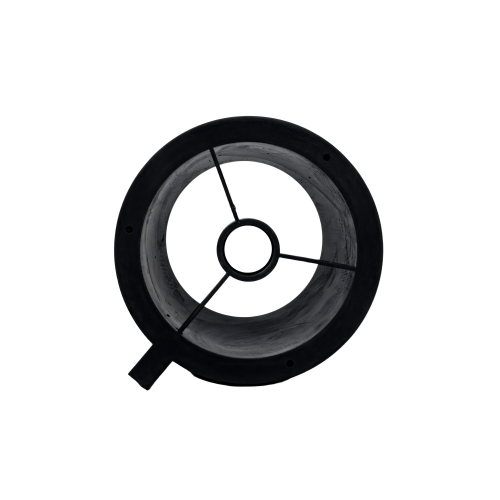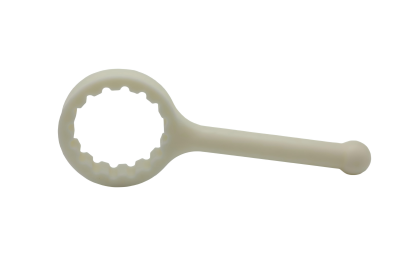Compare 3D Printing Materials
Explore and compare 3D printing materials to find the best fit for your project. From durable plastics to flexible resins, our guide highlights key properties like strength, flexibility, and surface finish, helping you choose the right material for prototyping, production, or custom parts.
Red wax
Process: DLP
High Precision, Smooth Surface
Wax materials are a special type of material commonly used in 3D printing, primarily applied in rapid prototyping and precision casting. They offer excellent flowability and moldability, allowing for high-precision detail during the printing process. Red wax, in particular, has a vivid color, usually deep red, hence the name “red wax.” One of its key features is its ability to melt quickly when heated, facilitating subsequent casting processes, making it especially suitable for jewelry, art sculptures, and the manufacture of complex mechanical parts.
In addition, red wax materials have moderate hardness and a smooth surface, requiring minimal post-processing after printing, which helps maintain the accuracy and surface quality of the print. Because it can be melted at high temperatures, it is also commonly used in the “lost wax casting” process, playing a crucial role in precision casting.
Tough Resin
Process: SLA
Durability, Strength
3D printing tough resin material is designed for printing projects that require high durability and impact resistance. It offers excellent mechanical properties, capable of withstanding high pressure and severe impact, while maintaining precise printing details. Whether creating prototypes, functional parts, or industrial applications, the tough resin provides an ideal balance—finding the sweet spot between strength and flexibility.
PC-Like Advanced Temp
Process: SLA
Temperature Resistance, Strength, Stiffness
PC-Like Advanced High Temp is a high-temperature reinforced material with properties similar to polycarbonate, specifically designed for functional parts that require a combination of high strength, stiffness, and heat resistance. Post-curing can further increase the heat deflection temperature of the parts, enhancing their stability and reliability in high-temperature environments. It should be noted that post-curing may reduce some aspects of durability, so a balance between strength and toughness should be considered during design.




